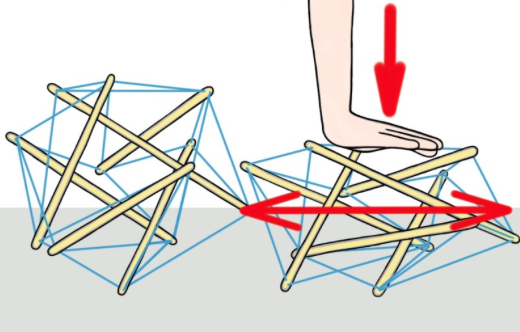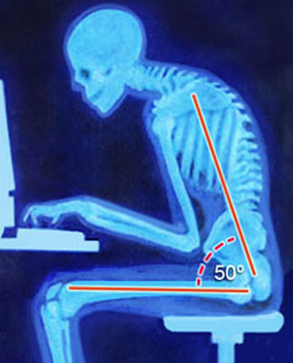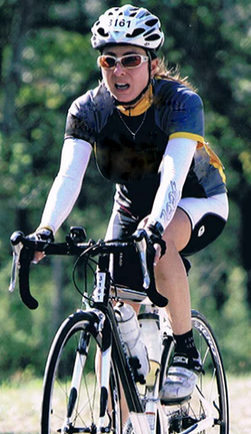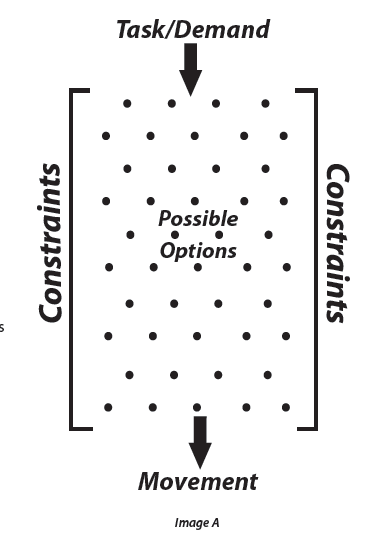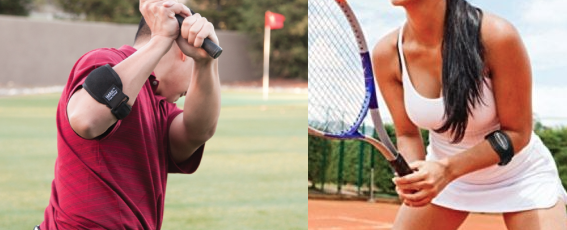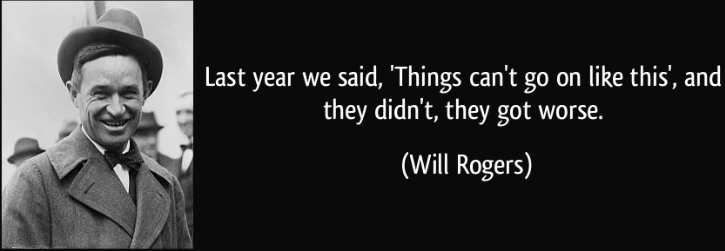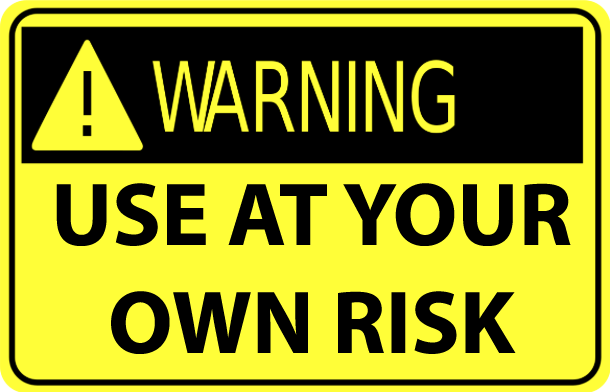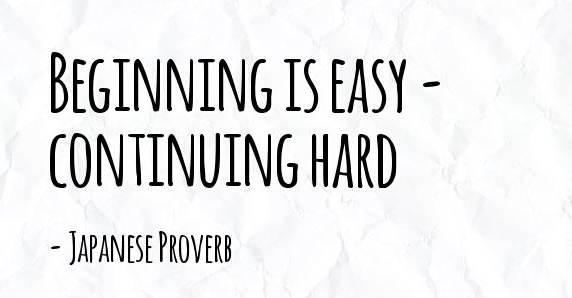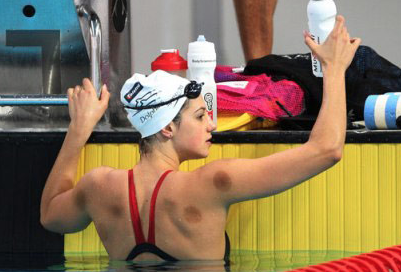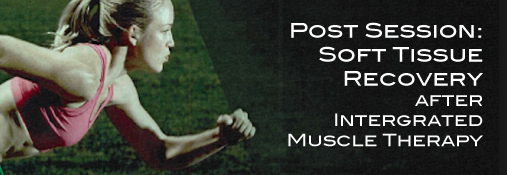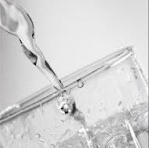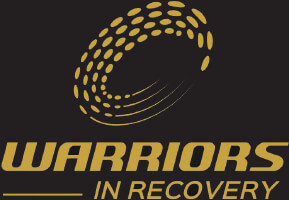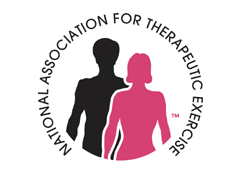Recovery is a critical component of any successful training ,as well as after your session at Dominion Therapeutic and Sports Massage. Recovery is also the least thought of and underutilized way to enhance Integrated Muscle Therapy. No matter what your injury or sport, your recovery is dependent upon your body healing yourself. Whether your injury is a tear or strain or sprain or inflammation or improving range of motion for performance enhancement, your soft tissue is repaired by your own body – no exception. Although discomfort is gone after a session, that doesn’t mean your body has fully recovered.
Sometimes there is no choice, sometimes people just don’t know any better. That is why I am constantly trying to enlighten my clients’ awareness about aftercare.
Critical components of recovery include:
- Body Awareness
- Rest
- Hydration
- Nutrition
- Pre & Post Stretching
- Self-Myofascial Release
- Stress Management
_________________________________________________
PAY ATTENTION: You may be sore after the session. This is normal with Integrated Muscle Therapy. Sometimes you may not feel the soreness until the next day (DOMS-Delayed Onset Muscle Soreness). Why? Integrated muscle therapy is a sort of passive exercise. If you are not one to get soft tissue therapy often, or do not exercise and are not used to using the muscles, then they may respond with soreness after a session at Dominion Therapeutic and Sports Massage. This should only last for a day or perhaps two. You can help prevent DOMS by stretching before you arrive for your session. Remember anything that was particularly painful and report this at your next session.
Delayed onset muscle soreness is common after exercise, training and Integrated Muscle Therapy and usually means your muscles are getting stronger.
REST: Most easily defined as a combination of sleep and time spent NOT training, rest is the easiest to understand and implement. How you sleep and spend this time is very critical. Adequate levels of rest help to provide mental health, hormonal balance, and muscular recovery. Everyone has individual needs based on their lifestyle, workouts, and genetic makeup. However, most athletes need between 7-10 hours.
HYDRATION: Drinking adequate water amounts is critical to health, energy, recovery, and performance. Athletes tend to be very attentive to hydration levels close to and during competitions, but keeping that awareness during recovery times can make just as large an impact. Water helps all of our functions
A simples way to check your body’s hydration is to look at your pee. If it is clear to pale yellow you are hydrated. The darker and more color in your pee the less hydrated you are and more water you need to drink.
NUTRITION: Everything you eat has the ability to help heal your body, or to poison it. This may sound strong, but alcohol and processed foods contain toxins and are harmful to the body. I do not like to recommend a specific diet, but eating clean and balanced meals in moderation is proven to be effective to remain healthy and increase performance. My personal rule of thumb is if you have a difficult time pronouncing it, then your body will probably have a hard time processing it!
Yes, we all go out to dinner and most social events we attend have food. The key is balance and moderation. You can get the results you want AND function as a normal person and enjoy life.
I defer nutritional advice to the experts…like my good friend Tim DiFrancesco, PT, DPT, ATC, CSCS. Tim is the Head Strength Coach for the Lakers and President of TD Athletes Edge.
POSTURE: It’s one of the least focused components of integrated muscle therapy recovery. Time is spent lengthening tight restrictive muscles so that your over-stretched and inhibited muscles can be put back in their resting state for recovery. After sessions, time sitting, driving and using your electronic devices (computers, phones and tablets) put your body back into the positions that made it unbalanced or injured in the first place. Be aware of your posture in work place and home.
Tips: Find a chair that is ergonomically correct (like my yoga ball chair). Take breaks in your work day and move often. If you struggle to sit upright use a foam roller or ball in your back to give you a tactile cue and help force good posture.Don’t lean to one side or on an object for support while standing or driving.
STRETCHING: You need proper range of motion in your joints and flexibility to move well and remain pain free. Include dynamic stretching in your warm-ups, while saving static stretching for after your workouts. Use the Therabands, stretch ropes, stretches and exercises I’ve given you post session. Attempt to self-identify tight areas and work on them. I’m only a email or text away if want new variations. Look through link articles I’ve posted, attend a yoga class, or check out Kelly Starett’s Mobility WOD.
SELF MYOFASCIAL RELEASE: Self-myofascial release is critical to session aftercare. This method can be performed with a foam roller, lacrosse ball, Theracane, or your own hands. By applying pressure to specific points on your body, you are able to aid in the recovery of your muscles and assist in enhancing your session outcome.
STRESS MANAGEMENT: Your goal is to prioritize life and maximize performance without sacrificing quality. Kick back, relax, and enjoy an evening out with friends. Order that favorite beer and get those BBQ ribs once in a while. They may mentally benefit you way more than another night of broccoli and chicken. Life for an athlete can grow tiresome. Give yourself a day off now and then.
_________________________________________________
We have different systems in our bodies that need to recover. These include hormonal, neurological, and structural. In our structural system we have muscles, tendons, ligaments, and bones. Muscles recover the quickest because they receive direct blood flow. Tendons, ligaments, and bones receive indirect blood flow and therefore can take longer to recover and be more susceptible to overtraining stress.
A balanced recovery and exercise/training routine should be a part of any fitness regimen. Unless you are competing at an elite level, you should generally follow the 80/20 rule. Eighty percent of your time can be spent focusing on diet and exercise, while twenty percent on enjoying life. In other words, don’t let yourself get too wrapped up in perfection!
Cheers and Happy Holidays!!!

